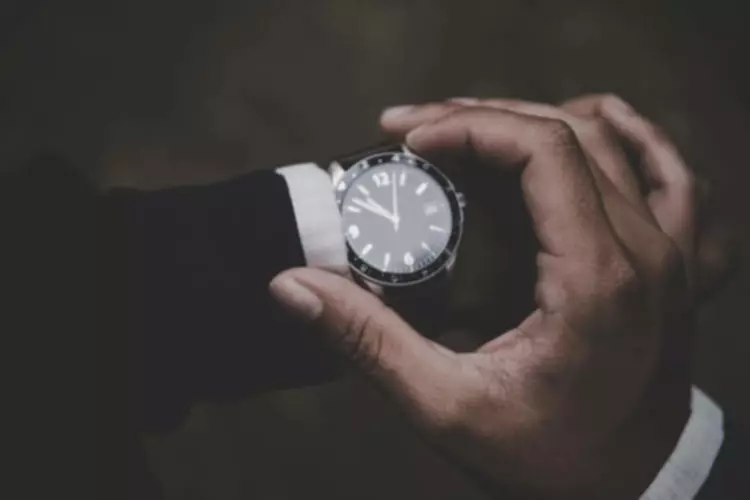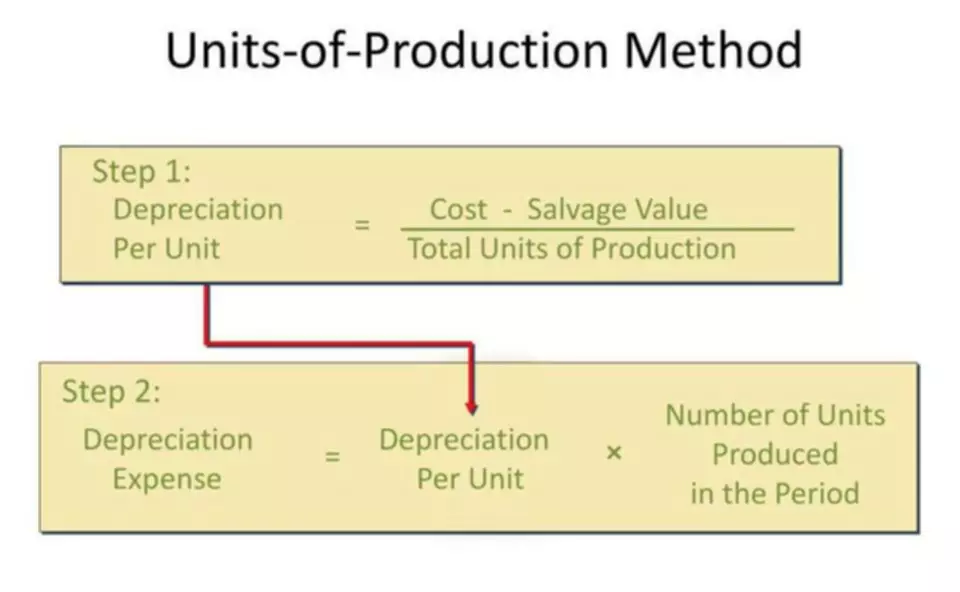How To Determine an Asset’s Salvage Value
14/12/2020Content

However, there is a way for a vehicle owner to come fairly close to an accurate scrap value. According to this method, the car’s salvage value for accounting purposes is about $5,000 at the end of its useful life. In reality, the salvage value is realized by the sum total of its parts. Depending upon the condition of the car’s inner operating parts and body, the owner may realize more or less than its depreciated and anticipated salvage value. Map out the asset’s monthly or annual depreciation by creating a depreciation schedule.
- Miscalculation of salvage value results in under-reporting of depreciation that leads to higher profits than normal and vice versa.
- In addition to the value of its scrap metal, the vehicle may have some serviceable parts that can be removed and sold as repair parts for other vehicles.
- Notice of the opportunity for an administrative hearing may be included in the order.
- For example, if a company sells an asset before the end of its useful life, a higher value can be justified.
- For example, a totaled car’s value will differ from the scrap value of a vehicle.
- If they do, they’ll insist on a heavy discount that often means the sale won’t even be worth your time.
This method requires an estimate for the total units an asset will produce over its useful life. Depreciation expense is then calculated per year based on the number of units produced. This method also calculates depreciation expenses based on the depreciable amount. «Nonrepairable vehicle» means any vehicle that has been determined by its insurer or owner to have no value except for use as parts and scrap metal or for which a nonrepairable certificate has been issued or applied for. «Nonrepairable certificate» means a document of ownership issued by the Department for any nonrepairable vehicle upon surrender or cancellation of the vehicle’s title and registration or salvage certificate.
TAX CENTER
We’ll now move to a modeling exercise, which you can access by filling out the form below. I am the founding partner of Brauns Law Accident Injury Lawyers, PC. I only represent plaintiffs in injury cases and only handle personal injury claims. This allows me to focus solely on personal injury litigation and devote myself to helping injured residents in Georgia recover fair compensation for their damages.
It would be best to multiply the car’s market value determined earlier by 0.25 to find its salvage value. The result will always be lower than the current market value of the vehicle. If the cost of repairs surpasses this amount, the car is written off as a loss. If a car has not been repaired after a significant accident, the salvage title value will only be 10% to 50% of the used car value.
Salvage King
Sometimes a higher price can be obtained when there are a higher demand and lesser supply of that particular machinery. If you want to get the best salvage car quote, head to DamagedCars.com. We look at more than just the year, make, and model of your vehicle to maximize your offer. The salvage value of a vehicle varies based on a number of factors. First, different types of buyers will view the car’s worth differently. For instance, a junkyard will only factor in the weight of the metal while a dealership will consider resale value. The second possibility is keeping the car yourself, so you can sell it to someone else.
How do you treat salvage value in NPV?
Expected Market Value / Salvage Value as Residual Value
If it is intended to sell an asset at a future point in time, it is reasonable to include the forecasted market value in the NPV calculation. The future market value or salvage value needs to be estimated for this purpose.
Thus, all the above criteria have to be fulfilled to make the product cost effective and efficient both for the consumer’s and manufacturer’s point of view. Thus, to stay in the competition higher efficiency is required for the machine. Rather than settling for the average salvage value of a car, we can help get you a better offer. As you can see, scrapping your car usually isn’t the best choice when trying to get the best price for your vehicle. ‘ then you can expect a payment of between $100 and $200, or lower since they want to create a buffer for profit. The story is fiction, but it shines a light on the predicament of individuals who become wards due to mental incapacity, inability to care for themselves, addiction, or disability. Gold works similarly, and there are calculators online which can help you determine both spot and scrap prices.
AccountingTools
Salvage value actually tries to capture the remaining scrap of a particular machine, after its useful life of usage. Most of the time Companies buys new machinery after completion of the effective life of usage and sells the old machine on the basis of its scrap value.
Why is a salvage value added to NPV?
Salvage value is the cash flow the purchase will generate when it is disposed of in the future. To incorporate this cash flow, we must discount the cash flow to find its present value, i.e., at the time of purchase. Salvage value is a cash inflow, and hence will generally increase the net present value of the purchase.
Salvage value is used by management to calculate annual depreciation in the accounting records and to calculate depreciation expense on the tax return. Upon passage of a state safety inspection, each rebuilt vehicle shall be examined by the Department prior to the issuance of a title for the vehicle. This inspection shall serve as an antitheft and antifraud measure and shall not certify the safety or roadworthiness of the vehicle. The Commissioner may charge a fee of $125 per vehicle, for the examination of rebuilt vehicles. The application shall be accompanied by the vehicle’s title certificate or salvage certificate. Application for the nonrepairable certificate shall be made within 15 days after payment has been made to the owner, lienholder, or both.
Search Who You’re Dating Online
In insurance circles, this term commonly refers to the scrap value of damaged property. In property insurance, salvage value (e.g., scrap value) will be subtracted from any loss settlement if the insured retains the damaged property.

Contrast this with a $1,000,000 painting by a well-known artist that is long dead. Paintings by this artist don’t enter the market frequently and when they do some collectors are willing to overlook some repairs. If you do not know where to look for what is salvage value this information, then you need to first consider whether you are competent to appraise the item under USPAP. Remember, if you are not competent, you can take steps to become competent, including educating yourself about the appropriate market.
IRS Asset Depreciation Guidelines
If we imagine that this value would be nil, there would be no chance of any reduction in depreciation. That’s why it’s wiser to go for zero value while applying depreciation on the asset. The scrap value is the product’s raw materials that the manufacturer will sell off as scraps in cost accounting. Financial AccountingFinancial accounting refers to bookkeeping, i.e., identifying, classifying, summarizing and recording all the financial transactions in the Income Statement, Balance Sheet and Cash Flow Statement. You can get an auto policy for your vehicle, whether it’s brand new or a salvaged vehicle. Enter your ZIP code below to view companies that have cheap car insurance rates.
- Once you do this using one website, it is a good idea to repeat the process with another website.
- If a car has not been repaired after a significant accident, the salvage title value will only be 10% to 50% of the used car value.
- CarBrain is one of the online platforms that provides you with both efficiency and convenience.
- When the car is repaired, the owner may then retitle the car as a “rebuilt” vehicle.
- And the depreciation rate on which they will depreciate the asset would be 20%.
- This valuation is determined by many factors, including the asset’s age, condition, rarity, obsolescence, wear and tear, and market demand.
